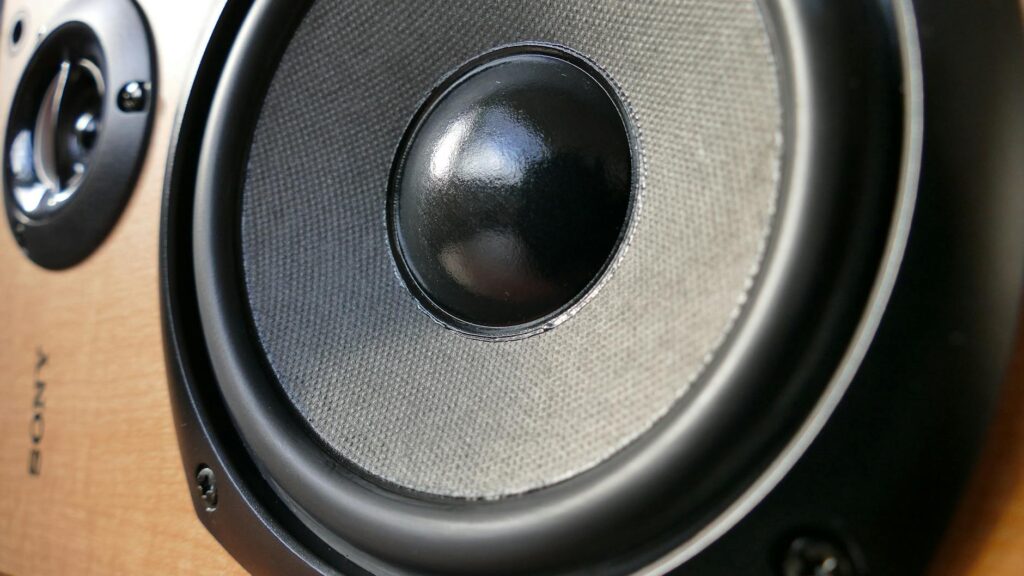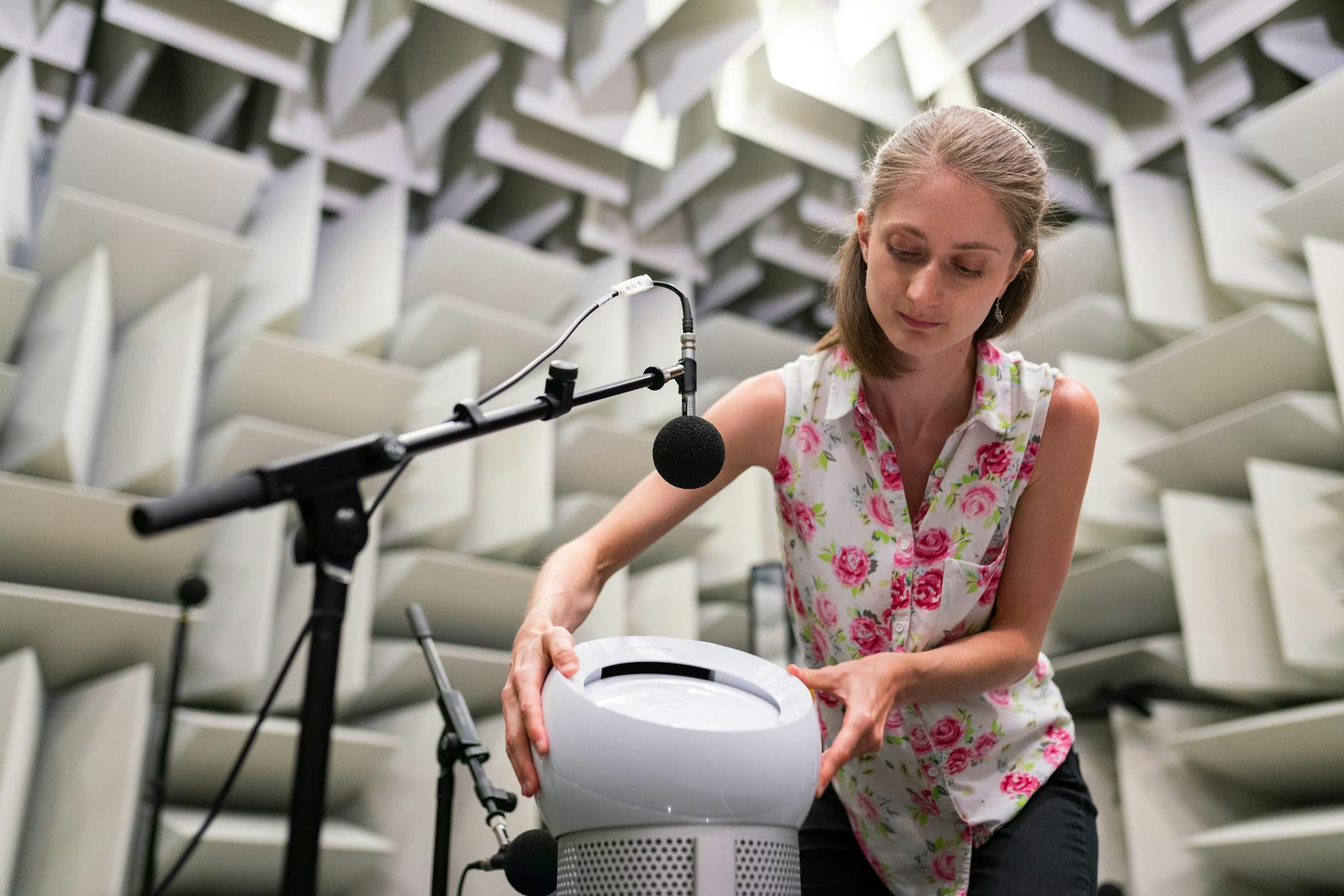In the realm of acoustics, two terms frequently arise: sound power and sound pressure. While they may sound similar, they represent distinct aspects of sound propagation. By comparison of sound pressure vs sound power, we delve into the differences between sound power and sound pressure. Exploring their definitions, measurements, and real-world applications.

Defining Sound Power and Sound Pressure:
- Sound Power: Sound power refers to the total acoustic energy emitted by a sound source, measured in watts (W). This represents the rate of energy radiated by the source in all directions.
- Sound Pressure: Sound pressure on the other hand, measures the variation in air pressure caused by sound waves. This indicates the intensity of sound at a specific point in space, expressed in pascals (Pa). Furthermore, it also factors in influences such as distance from the source and environmental conditions.
Sound power is like the heat emitted by a bonfire, representing the total energy. Sound pressure is the warmth you feel at different distances, showing the intensity at specific points.
Measuring Sound Power and Sound Pressure:
Sound Power Measurement
Sound power is typically measured using specialised equipment such as sound level meters or microphones. Additionally, anechoic chambers and other specialist facilities. In short, the measurement process involves capturing the total acoustic energy emitted by the source across all frequencies.
Sound Pressure Measurement
Similar equipment measures sound pressure, focusing on capturing the variation in air pressure caused by sound waves at a specific location. As has been noted, this measurement provides insights into the intensity of sound perceived. Both by individuals or objects in the vicinity of the source.
Real-World Applications
Sound Power
Understanding sound power is crucial in various industries, including manufacturing, transportation, and environmental noise assessment. It helps engineers assess the noise emissions of machinery, vehicles, and other equipment. In addition, facilitating the development of quieter and more efficient products.
Sound Pressure
Sound pressure measurements are essential for evaluating the impact of noise on human health and well-being. They inform noise control strategies in urban environments, workplaces, and residential areas. All things considered, this ensures compliance with regulatory standards and promoting a quieter and more comfortable living environment.
Conclusion
Sound power and sound pressure are integral concepts in the field of acoustics, each serving distinct purposes in understanding and controlling noise. While sound power represents the total acoustic energy emitted by a source. Sound pressure measures the intensity of sound at a specific point in space. Above all, comprehending the differences between sound power vs sound pressure and their real-world applications, engineers and researchers can effectively address noise-related challenges. This helps to create quieter and more sustainable environments.




